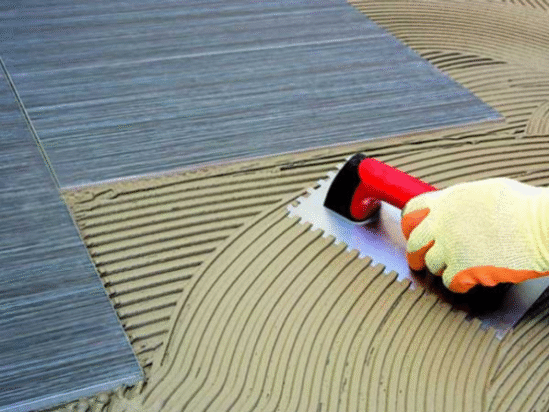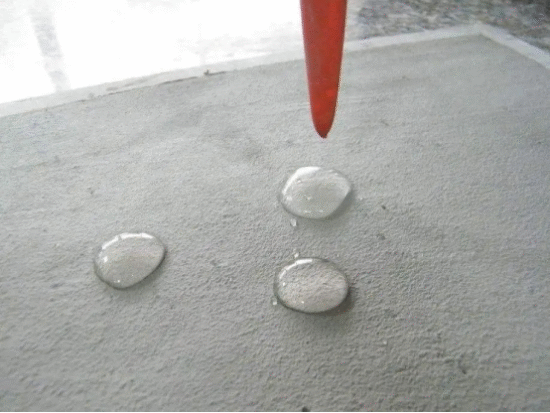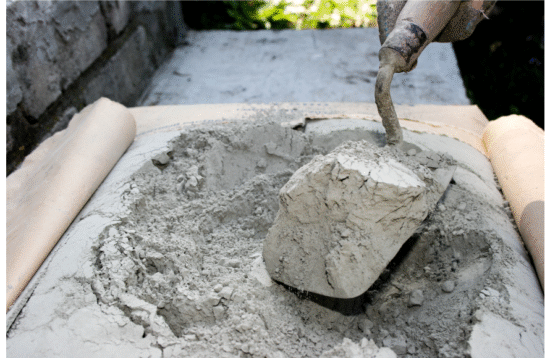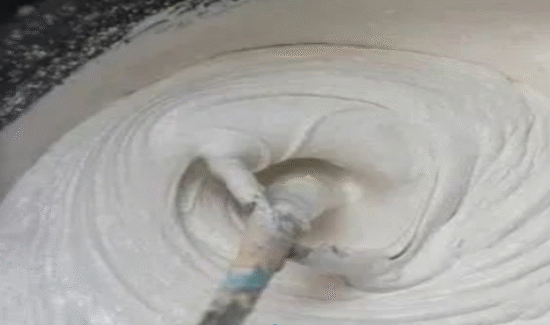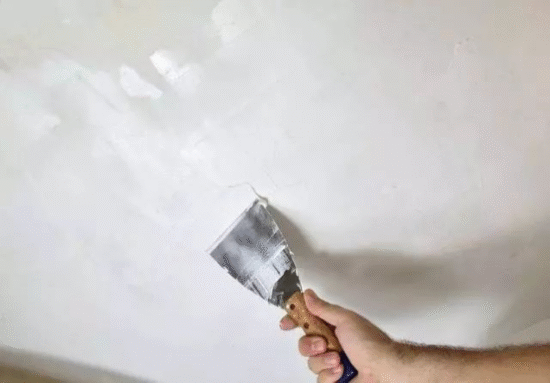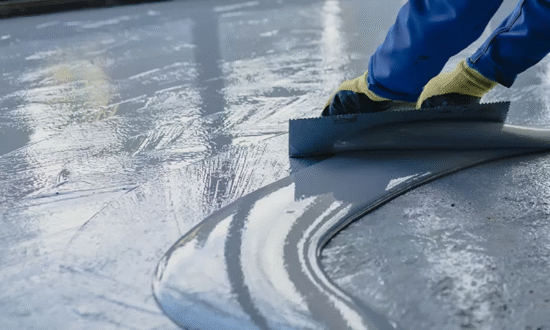Nanoscale Enhancer Tile Adhesive
How to break through the water-resistant strength bottleneck of tile adhesive? SidleyChem’s Nanoscale Enhancer HS-93 significantly boosts performance via pore-filling and hydration promotion, delivering exceptional results even with low polymer powder dosage… Continue reading

